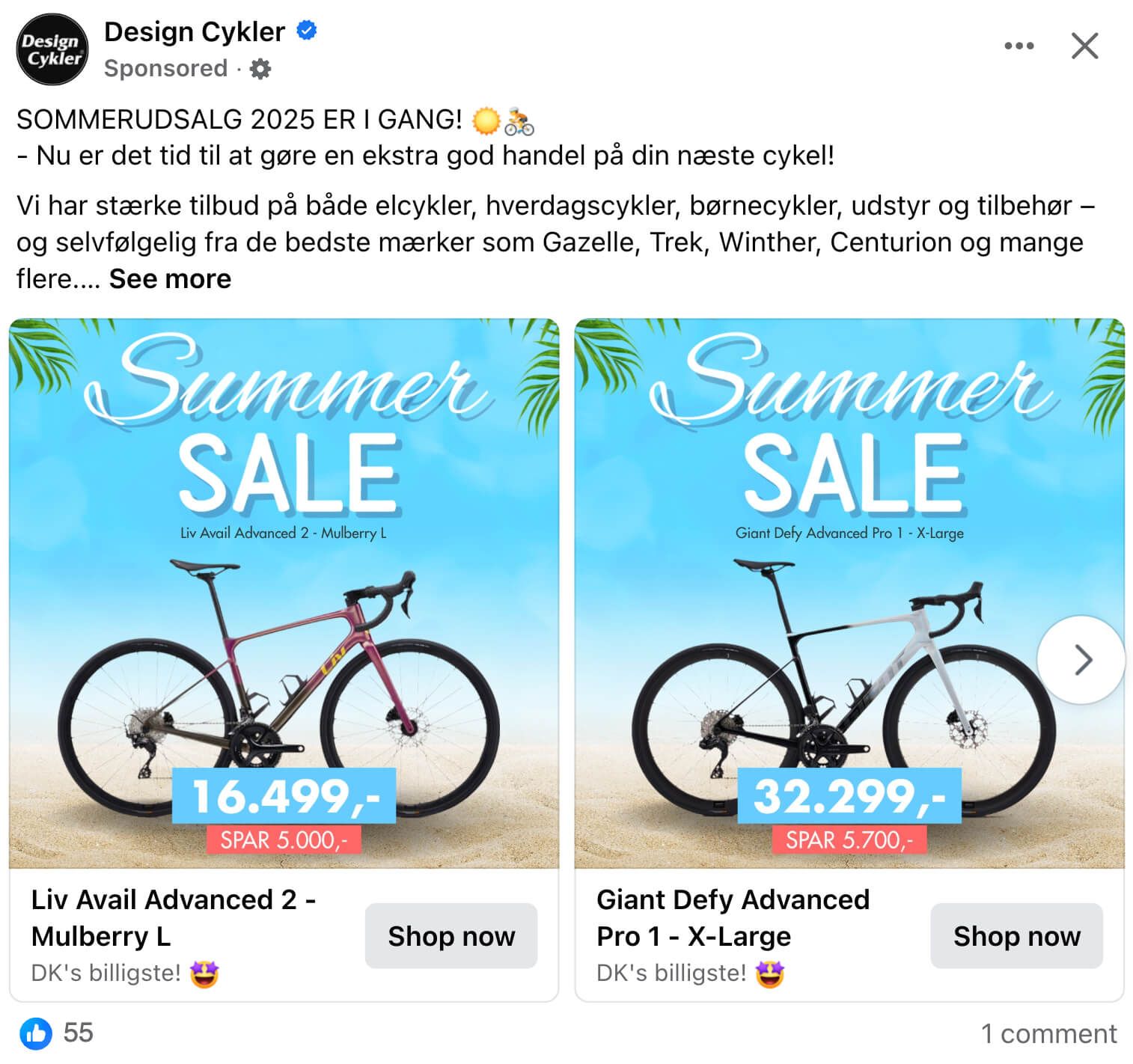CPL in Advertising: Cost per Lead Explained
July 31, 2025
What is cost per lead (CPL)?
Cost per lead (CPL) is the cost to generate a lead (typically someone who has shown interest in your brand or products). Depending on your ad campaign’s goal, a lead can, for example, be an email sign-up, account registration, or product inquiry. In the context of Catalog Ads, leads are usually potential customers who’ve engaged with your product listings without making a purchase.
How do you calculate CPL?
To work out your CPL, you divide your total ad spend by your total number of leads acquired.
For example, if you spent $1,000 on ads that generated 200 new leads, your CPL is $5.
Why is CPL important in e-commerce?
Your CPL gives you insight into the performance of your top-of-funnel (TOFU) and middle-of-funnel (MOFU) marketing strategies. It helps you to see how users move through the customer journey, giving you visibility across the sales funnel. It also helps you to evaluable if your product listings and Catalog Ads are compelling enough to trigger action.
Which factors can impact your CPL?
Conversion funnel and lead nurturing
Your CPL is impacted by your funnel. For example, if your contact form has too many fields to complete, you can expect users to drop off before they become leads.
Offer
You need to offer a compelling offer that users will feel is worth their time or information. For example, a 10% discount on their first purchase if they join your email newsletter cann serve as a good lead magnet that will help to lower your CPL.
Ad quality and relevance
If your ad creative has poor messaging or redirects users to a confusing landing page, you can expect fewer clicks. A lower click-through rate (CTR) will increase ad costs and raise your CPL.

Best practices in measuring CPL
Clearly define what classifies as a lead
A lead can be an email sign-up, form submission, product inquiry, or a phone call, for example. When you’re measuring your CPL avoid including low-value actions unless they reflect genuine intent.
Measure CPL by channel
Segment your data according to channel, campaign type, audience, and landing page. This extra effort will help you to optimise high-performing segments and reduce wasted ad spend.
Use validation tools
One of the challenges of measuring CPL is that you can get fake leads from bots or incomplete form fills. To minimise the impact it can have on the accuracy of your number, use tools like CAPTCHA and double opt-in.
Assess it alongside conversion rate
While CPL is a helpful indicator of your marketing strategies’ efficiency, it shouldn’t be viewed in isolation. For example, if both your CPL and conversion rate are low, it can lead to wasted budget as you’re paying for low-quality leads. On the other hand, a high CPL combined with a high conversion rate can still be profitable.
Try Confect for Free
Confect can help you to create great-looking Catalog ads and Dynamic Product ads for Facebook, Instagram, TikTok, Snapchat and Pinterest.
